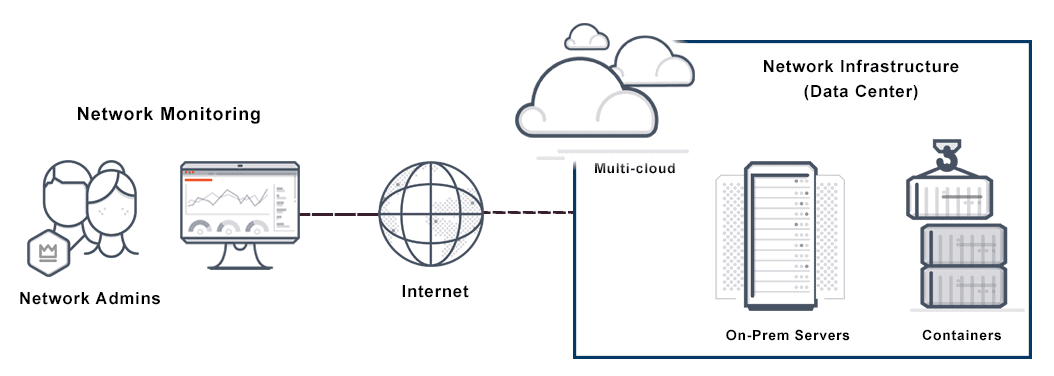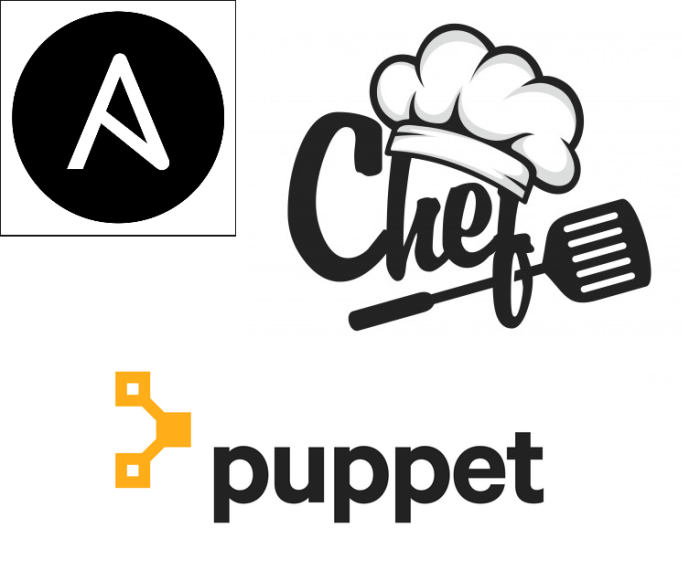COMPUTER NETWORKING, Day - 7
Automation in Network Management: Simplifying Provisioning, Configuration, and Monitoring
Table of contents
- <mark>Task - 1:</mark> Discuss the role of automation in network provisioning, configuration management, and monitoring.
- 1) Network Provisioning:
- 2) Configuration Management:
- 3) Network Monitoring:
- <mark>Task - 2:</mark> Highlight tools like Ansible, Puppet, or Chef for automating network-related tasks.
- 1) Ansible:
- 2) Puppet:
- 3) Chef:
Task - 1: Discuss the role of automation in network provisioning, configuration management, and monitoring.
The Role of Automation in Network Management
Automation plays a significant role in network provisioning, configuration management, and monitoring by streamlining processes, ensuring consistency, and improving efficiency. Let's explore the specific contributions of automation in each area:
1) Network Provisioning:

Automation simplifies the deployment of network devices and services. It enables administrators to automate the configuration of network components such as routers, switches, and firewalls. This eliminates manual configuration tasks, reduces errors, and speeds up the provisioning process.
Automation tool: Ansible
Example: An administrator uses Ansible to automate the provisioning of network devices. By creating an Ansible playbook, they define the desired configurations for routers, switches, and firewalls. Running the playbook automatically applies the configurations to the target devices, saving time and ensuring consistent setups.
2) Configuration Management:

Automation tools centralize and standardize network configuration management. They provide a systematic approach to managing and enforcing network configurations across devices. By defining configurations as code, automation ensures consistency, reduces drift, and facilitates efficient change management.
Automation tool: Puppet
Example: A network administrator utilizes Puppet to automate configuration management. They define a Puppet manifest specifying the desired state of network devices, including access control rules and VLAN configurations. Puppet agents deployed on the devices continuously monitor and enforce the desired configurations, maintaining consistency across the network.
3) Network Monitoring:

Automation enhances network monitoring by automating data collection, analysis, and alerting. Monitoring tools integrated with automation can automatically discover network devices, collect performance metrics, detect anomalies, and trigger notifications or remedial actions. This proactive approach improves network visibility, minimizes downtime, and supports efficient troubleshooting.
Automation tool: Chef
Example: A network administrator employs Chef to automate network monitoring. They create a Chef recipe that installs and configures monitoring agents on network devices. These agents collect performance data, monitor network traffic, and automatically send alerts to the administrator in case of anomalies or threshold breaches, enabling proactive network monitoring.
Automation Tools: Notable automation tools for network management include Ansible, Puppet, and Chef. These tools offer features for provisioning, configuration management, and monitoring, allowing administrators to define, deploy, and manage network resources with ease.
Overall, automation in network management simplifies operations, reduces human errors, ensures consistency, and improves the overall efficiency and reliability of the network infrastructure.
Task - 2: Highlight tools like Ansible, Puppet, or Chef for automating network-related tasks.

Ansible, Puppet, and Chef are popular tools used for automating network-related tasks. Here's a brief overview of each tool and its role in network automation:
1) Ansible:

Ansible is an open-source automation tool that allows network administrators to define and manage network configurations as code. It uses declarative language to describe the desired state of network devices and services. Ansible's network modules enable tasks such as provisioning, configuration management, and orchestration across various network devices, making it a versatile tool for network automation.
Example: Using Ansible, an administrator can define a playbook that configures VLANs on multiple network switches. By specifying the desired VLAN configurations and target switches in the playbook, Ansible can automatically apply the configurations to all the switches, ensuring consistent VLAN setups across the network.
2) Puppet:

Puppet is a configuration management tool that provides a framework for automating network device configuration. It uses declarative language to define the desired state of network configurations and ensures that devices adhere to those specifications. Puppet's network device support extends its configuration management capabilities to network infrastructure, allowing administrators to automate the deployment and management of network device configurations at scale.
Example: With Puppet, an administrator can define a manifest that sets up firewall rules on network devices. By describing the desired firewall rules and applying the manifest, Puppet agents on the devices will continuously enforce the specified rules, ensuring consistent and compliant network security configurations.
3) Chef:

Chef is a powerful automation platform that enables network administrators to define, deploy, and manage network configurations as code. It provides a domain-specific language (DSL) for describing desired network states and automating network-related tasks. With Chef, administrators can ensure consistent configurations across network devices and automate the setup and configuration of network monitoring, making it a comprehensive tool for network automation.
Example: Using Chef, an administrator can create a recipe that installs and configures network monitoring agents on various devices. By running the recipe, Chef automates the deployment of monitoring agents, enabling continuous monitoring of network performance and generating alerts for any abnormalities.
Through this 7-day blog series, readers will gain a comprehensive understanding of computer networking, network protocols, security principles, network devices, virtualization, troubleshooting, and automation in the DevOps context.
Thank you for reading and joining me on this journey to explore the world of computer networking in depth. Your support and engagement are greatly appreciated.
Follow me on LinkedIn to see interesting posts like this : )
